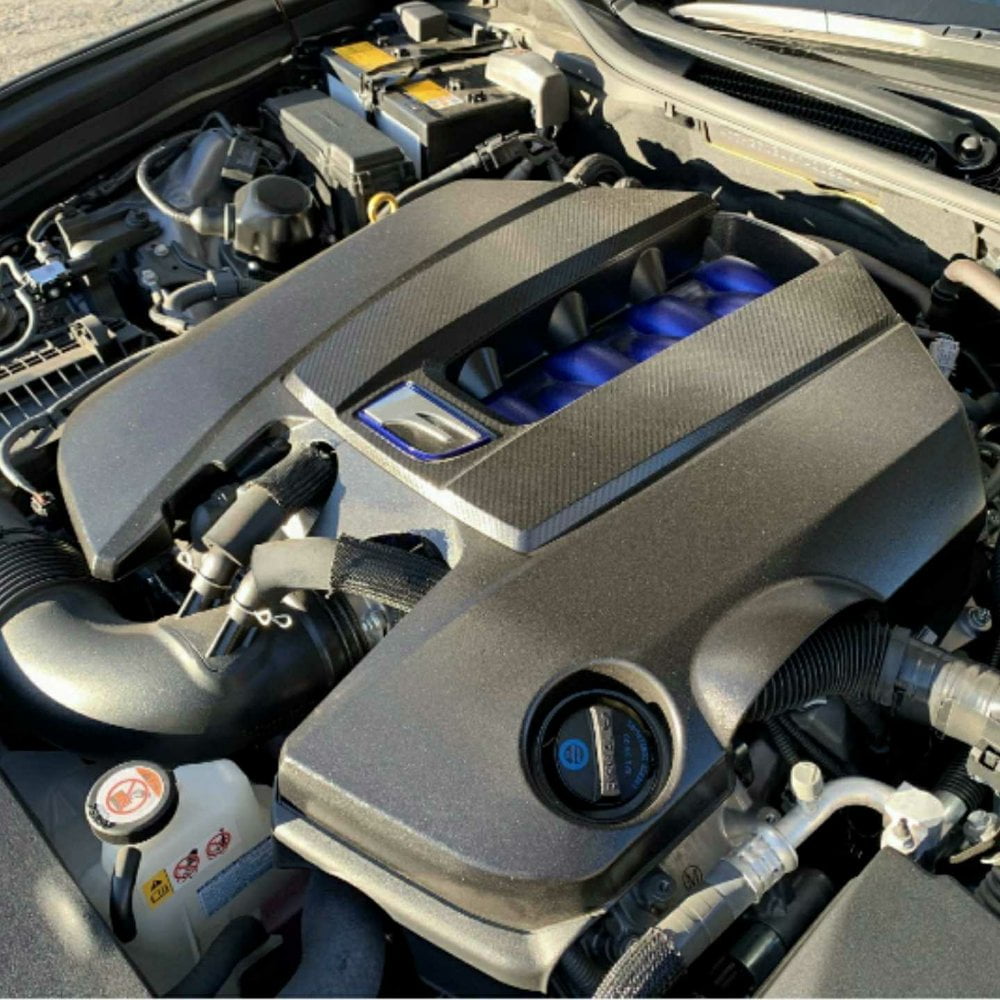Everyone knows what it’s like to have a dead car battery. Read this article and we’ll tell you what you need to know about keeping your battery in good shape.
Whether you’ve got a tricked out 4-wheel drive super truck or a fuel-efficient hatchback car, there’s one thing that everyone’s car has in common: they need a battery to run.
Everyone gets the main idea behind the car battery. It provides the electrical power to your car, it has a certain lifespan, and it needs to be replaced at some point.
However, not everyone takes the time to learn a bit more about car batteries to understand just how much you need a fully operational one.
Here are several car battery facts that every car driver should know about for the integrity of their vehicle.
1. It Converts Energy
Have you ever heard of how to properly dispose of household batteries such as AA and AAA batteries? You’re supposed to recycle them and for good reason… they contain chemicals that give them power.
There’s a common misconception that car batteries are a box filled with electrical currents that are ready to strike. They’re not; that would be extremely dangerous.
Instead, car batteries serve as a converter for your car. They take chemical energy and transform that into the electric energy that all of your car parts require to operate.
Your car by itself can’t naturally convert chemicals into electric power, that’s why it needs a battery to do it’s bidding.
2. Corrosion
There is no shortage of signs when a battery is starting to slowly fade out. Once you know what they are, you can prevent from ever starting your morning commute with a dead battery again.
First off, if you’re ever in doubt, lift the hood on your car and investigate the battery terminals and cables for corrosion.
If you don’t know what corrosion looks like, it resembles a build-up of barnacles on the side of a boat.
While corrosion could be the main culprit of your battery’s power is blocked, you should still take it as a sign the entire battery needs replaced someday soon.
Thankfully, you can pour Coca-Cola… yes, that’s right, Coca-Cola… over the corrosion and it will eat away at the build-up of corrosion on your battery terminals.
Consider that household remedy a temporary fix until you can get your car battery replaced.
3. “Check Engine” Light Indication
Other than popping the hood for visual signs, there are several other indications that your battery is headed for its inevitable doom.
Most people don’t realize that the check engine light serves as a notice of battery issues. Often times, your engine’s troubles are a direct correlation to the lack of power coming from the battery.
That could show problems such as the life of the car battery or just be an indication of corrosion that’s blocking the flow from the battery to your car engine.
Either way, take it to your trusted car mechanic as soon as you possibly can.
4. Trust Your Nose
If you’ve been noticing a rotten smell to your car the past few times you’ve driven it, take it to get looked at right away.
The foul smell could be coming from a number of things such as corrosion and rust, but it may also be the faulty battery itself.
If the battering is leaking, you’ll have much more significant problems on your hands. Battery chemicals are a severe threat to your other car parts and need to be cleaned by a professional right away!
5. Know Its Life in Battery Years
Everyone knows that every year of a dog’s life is equivalent to 7 years of a human’s life.
If that’s the case, then consider every year of your battery’s life to be equivalent to 25 years of your life.
Car batteries are intended to be filtered out every 2-3 years or so. 3 years is considered to be in its retirement stage of life. If your battery is 4-5 years old, it’s ancient and should be replaced immediately.
You’re lucky it’s made it this far, now it’s time to count your blessings and replace it before the old-time battery causes detrimental harm to the rest of your car.
6. The Best Way to Check Its Pulse
If you’re ever in doubt of your battery’s remaining power, you can always check in on it using a load testing.
The process itself doesn’t take very long and requires only a few tools such as a hydrometer and voltmeter to get the exact measurements that you’re looking for.
This way of checking in on your car can help you understand what portion of the battery is causing it to fail. That can save you from winding up on the side of the road calling for a tow truck.
Of course, you can always play it safe by getting the battery replaced, but if you want to hang on to it just a tad longer, the load test is a great resource to have.
Load testing can also help you recharge the battery (if that’s the glaring problem) and get a read on how the battery is charging in its current state.
If you want to find out more on how to correctly load test, and what that looks like, use this battery guide for in-depth instructions.
Use These Car Battery Facts for Your Vehicle
What’s the point of reading an article of car battery facts if you’re not going to apply them to your current vehicle situation?
Best of luck with figuring out the root of the problem. Hopefully, load testing is a valuable asset to your troubleshooting.
Be sure to check back with the 360 Magazine often for all the latest trends and helpful facts.






